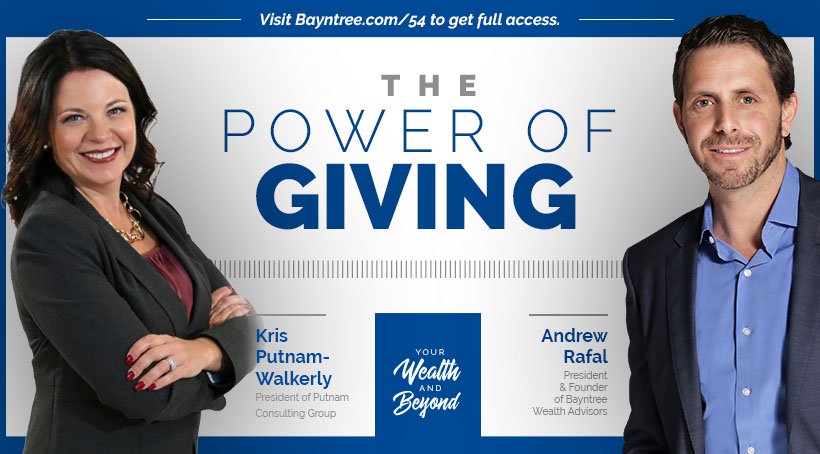Three simple questions to begin a joyful process to amplify your impact.
Over the last 10 months, the world has been watching and experiencing how systemic racism and injustice magnifies personal hardship and undermines recovery. At the same time, more and more people wonder how they can change the relentless reality of inequities and oppression, of division and mud-slinging – to create a better world for everyone.
While we all have a role to play, those of us working in philanthropy find ourselves in a unique position. How can we, as funders, help to initiate, expand, and improve philanthropic giving to help tackle these challenges, as we ask the overwhelming question, “What can I do?”
The first step is to consider that this may be the wrong question. While a sense of weighty responsibility is essential to galvanize action, think about how much more energy you feel when you hear the question: What brings you joy? This frame immediately moves people from generalities to specificity, from obligation to desire. “Does this bring me joy” is just one of a dozen questions I suggest all philanthropists ask, in my new book Delusional Altruism: Why Philanthropists Fail To Achieve Change and What They Can Do To Transform Giving.
Three Simple Questions
Here’s an easy exercise to begin a joyful process of discovery. Ask yourself three questions:
1. What do I love to do?
Public speaking? Convening people? Behind-the-scenes support? Teaching? Learning? Advocating for change?
2. What do I enjoy but could easily delegate?
Event planning? Communications? Reviewing proposals? Designing funding initiatives?
3. What do I hate doing?
Managing people? Engaging with the media? Solving logistical problems? Grants management?
What you might immediately notice from the list above is that if you asked any given person the same questions, their answers would likely be entirely different. The love column for one person can easily be the loathsome activity for another. The beauty in this? As each of us steps up to help solve the world’s most critical problems, we can do so in a way that gives us the most energy and joy.
I do this exercise every year. I recently realized that there were many communications activities I liked doing and could do—such as posting on social media—but that took too much time away from things that I enjoyed even more. I found I could easily delegate these tasks to someone else. I created an entire job description of the communications-related activities that I could delegate and/or disliked doing. Then I hired a marketing and communications firm to do them.
Now I spend more time doing things that bring me joy–like writing a book and helping philanthropists increase their impact–and less time posting about it.
Share the Joy
By being intentional about what gives us joy (rather than responding out of a sense of obligation), we stay engaged in the activities that matter the most. We can think more creatively about how to change seemingly intractable social problems. We become our best and most productive selves. And we can share that joy with others.
That doesn’t mean philanthropy isn’t hard. Being philanthropic can test our endurance and try our spirits. As philanthropists, we feel embarrassed when we recognize our unconscious discrimination. It’s disappointing when your innovation is a flop. It’s painful to support people who have just experienced trauma, such as the loss of a child or a natural disaster. It’s hard to tell a nonprofit leader you aren’t giving him a grant.
Growth Challenges
But these growth challenges are different from a daily grind that gives nothing back. Sometimes the joy gets squeezed right out of us with overflowing inboxes, people we don’t like to spend time with, and frantic year-end deadlines. On balance, though, we should feel dramatically more joy than frustration when it comes to giving. When you reflect on your philanthropic efforts, whether it involves making public appearances, wrangling family members to agree on funding priorities, or the physical labor of building a school, delight should outweigh disappointment. You should feel overjoyed and not overwhelmed.
In this way, you can tap into a wellspring of energy, engagement and enthusiasm. You’ll help create space for depth in partnerships and relationships while upping satisfaction and impact. And you’ll experience the drastic difference between checking a box versus accelerating toward maximum impact velocity.
This article was originally written for and published by WealthManagement.com.
If you need help implementing any of these ideas, let’s talk!
You can email me, call me at +1.800.598.2102, or schedule a call.
Recently I was interviewed on the Your Wealth and Beyond Podcast where I discussed the power of giving and what you can do to change your mindset around giving, how we can all help each other get through tough times like the COVID-19 pandemic, and how to stop thinking in terms of scarcity and embrace abundance – in both our giving and our lives.
Navigate the unknown with confidence!
This free download will help you create a powerful giving plan in radically uncertain times.
So many funders I talk to lately are feeling overwhelmed (and exhausted) because conditions keep changing and it’s hard to plan for an unknown future. But while the future is uncertain, we don’t have to be. You can’t afford to “wait and see.” With these practical how-tos, you can pivot with purpose!









